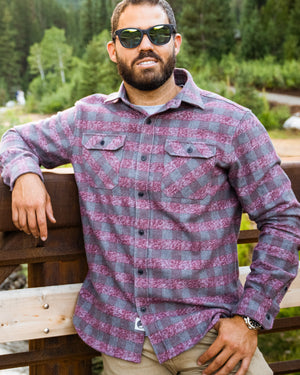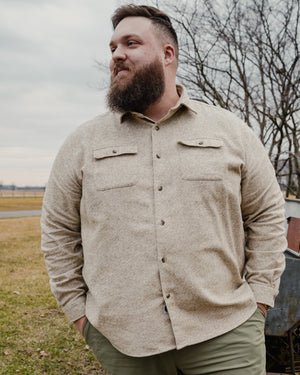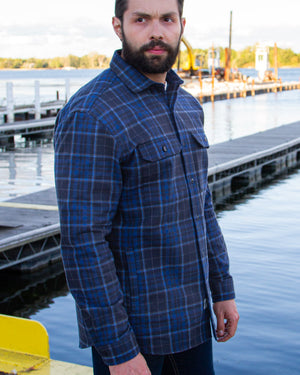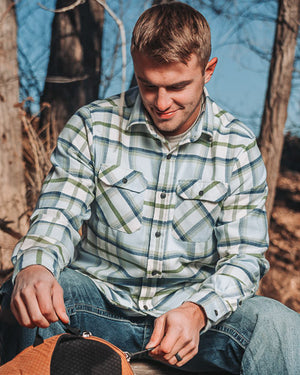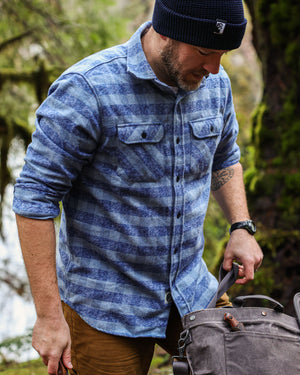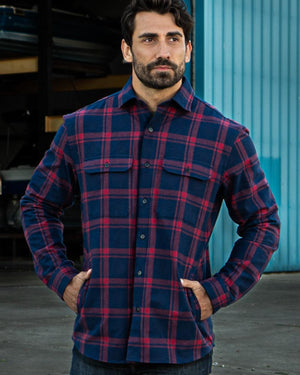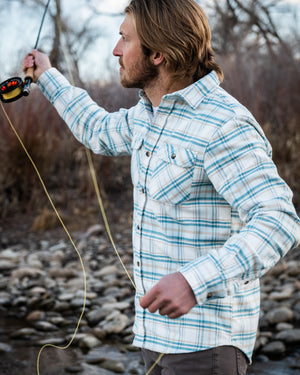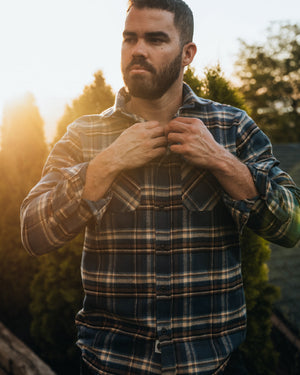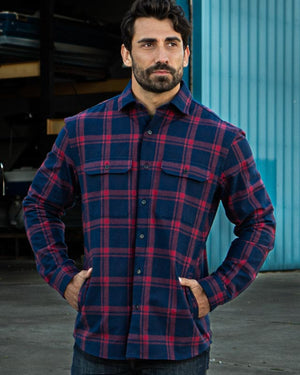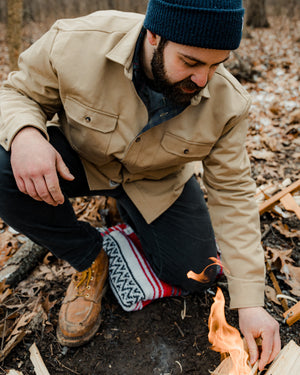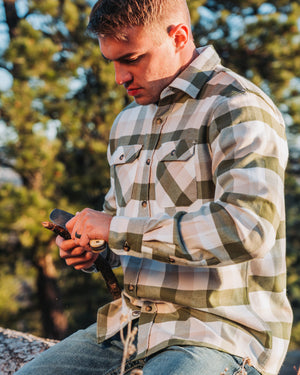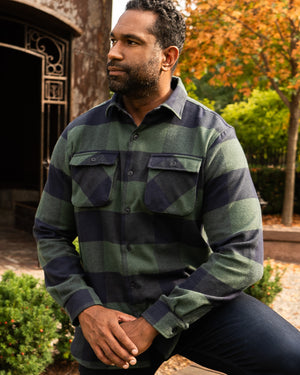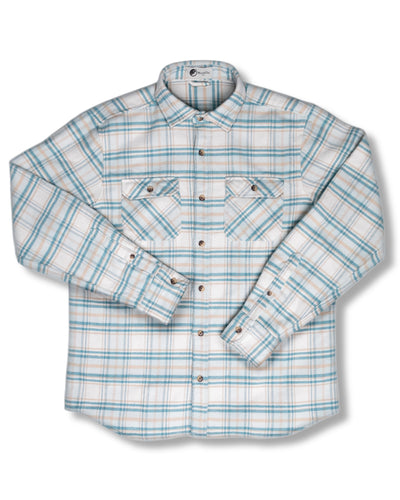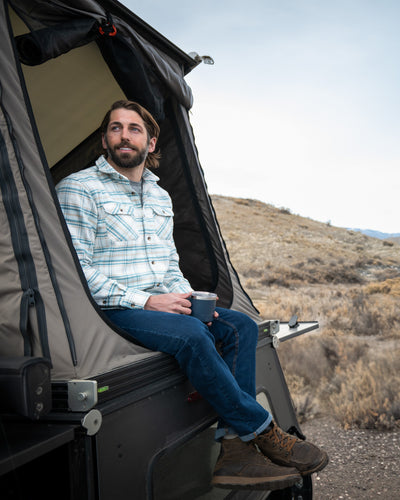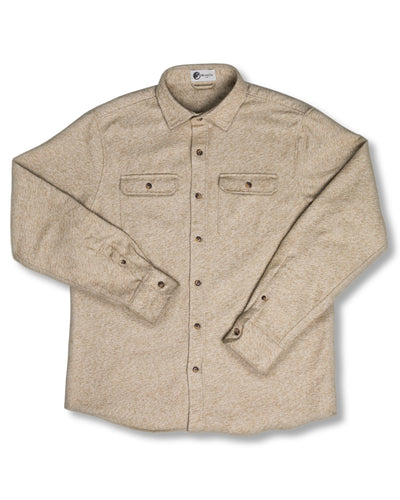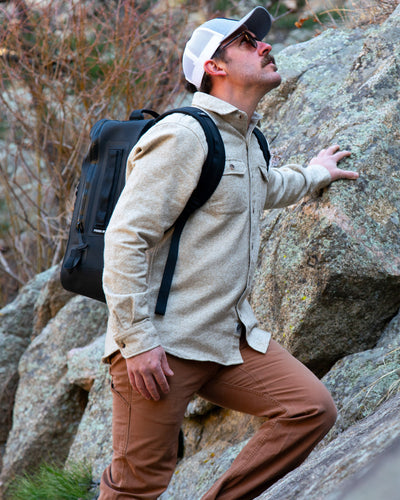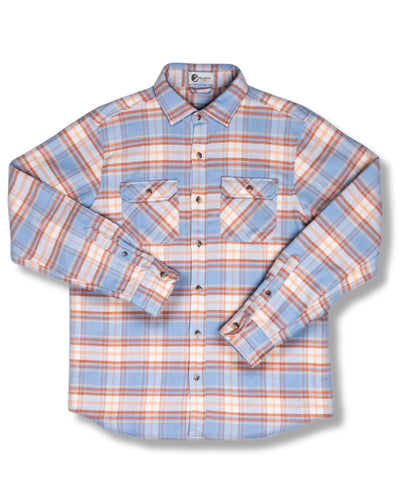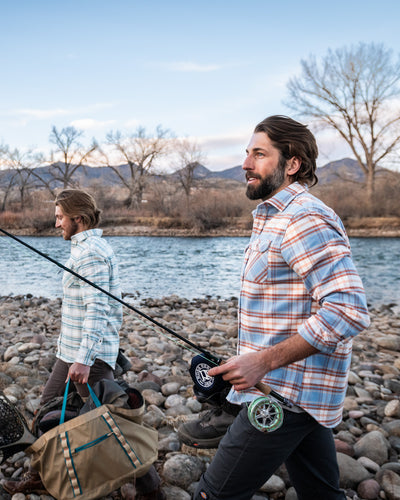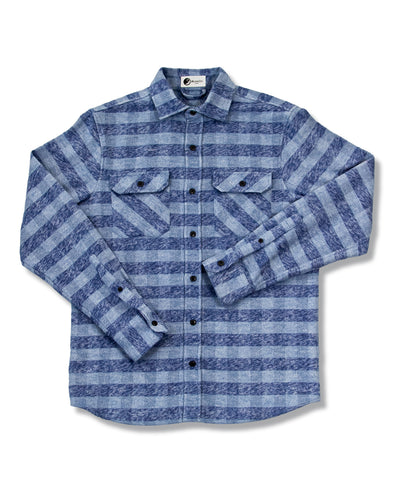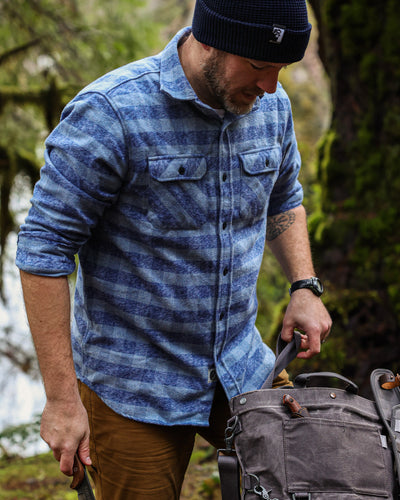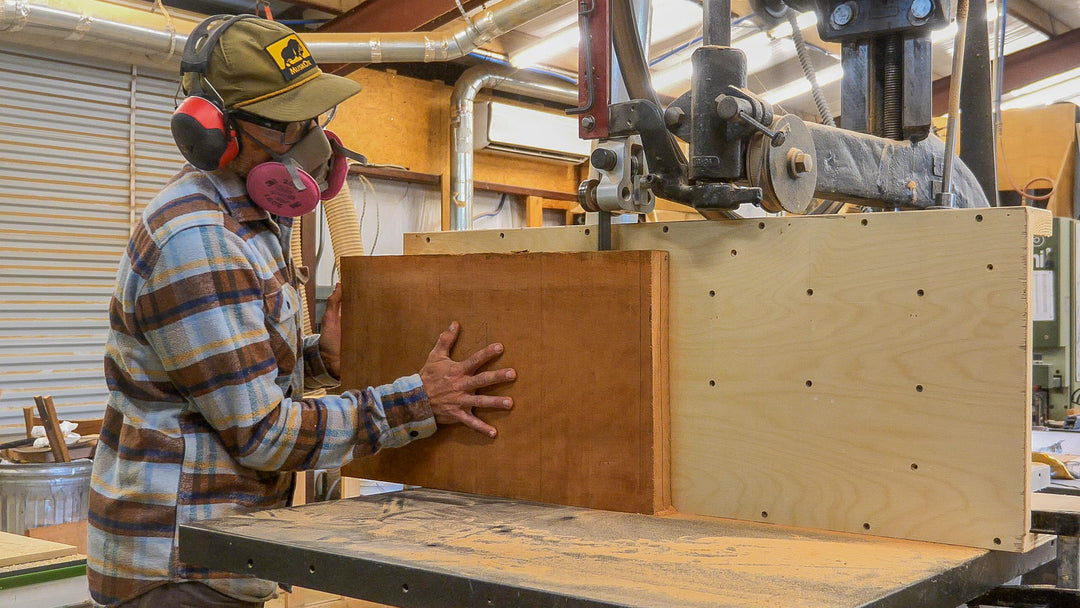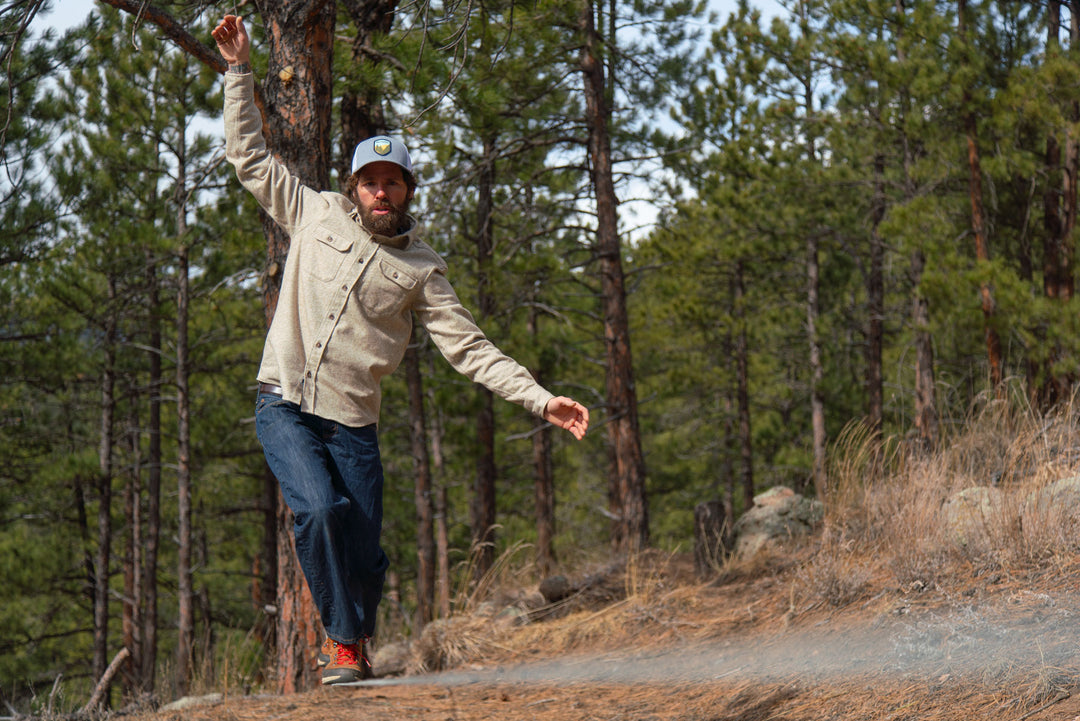Our Friends at Myskoxcentrum, Muskox Preserve

MuskOx is excited to share that we have partnered with Myskoxcentrum, a Swedish muskox preservation group. They do the hard work of caring for these amazing creatures and providing muskox education to their many visitors -- and we have the fun job of making sure their staff looks great wearing MuskOx apparel!
We’re very excited about this partnership and wanted to share more about the history and mission of this non-profit organization that exists to save the muskox.
In Herjedalen, Sweden, the home of Myskoxcentrum, the fossil records date back 45,000 years. Unfortunately, due to aggressive hunting, the local muskox population largely died out by the fourteenth century. In 1930, however, an effort was made to reintroduce the muskox into Norway. Eleven muskoxen were purchased in Greenland and brought to Dovrefjell, Norway, located about 150 miles from the site of Myskoxcentrum in Sweden. As the muskox population grew, it continued to spread, ultimately creating a herd to the east in Sweden. In September 1971, five muskoxen crossed the border into Herjedalen, Sweden.



By the mid 90’s the Swedish herd grew to 40. As the herd grew, so did their interaction with humans, which caused stress on the herd and started to impact their overall health. A little-known, unique trait of the muskox is that they rarely run away from predators; they take a stand as a herd to protect their young or other vulnerable members. When a threat from a predator is imminent, they form a defensive ring, exposing all of their horns, and tense their muscles, expelling a huge amount of energy.
Given the arctic climate where muskox live, it’s critical that these majestic animals conserve energy. Muskox typically lose 1/3 of their body weight in the cold months, so any additional exertion of energy compromises their ability to survive the harsh winter. Although a human onlooker might not mean any harm, their mere presence may cause stress for the muskoxen, because when they see animals outside of the herd, they brace for an attack. The continued presence of people meant the herd was burdened by an ongoing perceived threat. The muskoxen felt the need for constant vigilance and this interrupted their natural activities -- many stopped eating altogether.
This led a group of concerned citizens to create Myskoxcentrum, an organization that preserves and protects the muskox and provides safe opportunities for people to learn more about this amazing animal. Myskoxcentrum opened for visitors in June 2010 with a property that is just shy of 40 acres. The location includes three different parks, the largest of which is 10 acres and the only site available to visitors. Guided tours are restricted for a maximum of one hour per day and include only a 15-minute observation session of the six muskoxen on site. Actual muskox contact is limited to veterinary visits once or twice a year. The muskox preservation group safely welcomed over 6,000 visitors in 2019 with safe forms of observation that have maintained the health of the muskox and also allowed the wild herd some peace and quiet in the surrounding territory.


Beyond preservation and education, the Myskoxcentrum also plays an important role in releasing new generations of muskox into the wild. In 2011, the organization had their second calf, named Idun, born at the center. In 2013, they received permission from the government to release her, and Idun was placed with the wild herd. She took quickly to her new environment and we are happy to report that the herd took to baby Idun. She has born three calves in the wild since her release, most recently this past spring, bringing the wild population up from five in 2013 to 10 today.
Keep up with us because over the coming months we will be introducing you to our furry friends and residents residents of Myskoxcentrum:
- Härje & Helga, and their calf Ask
- Buddy & Neassa, and their calf Emble
To learn more about Myskoxcentrum, plan a visit or make a donation, visit their website!


